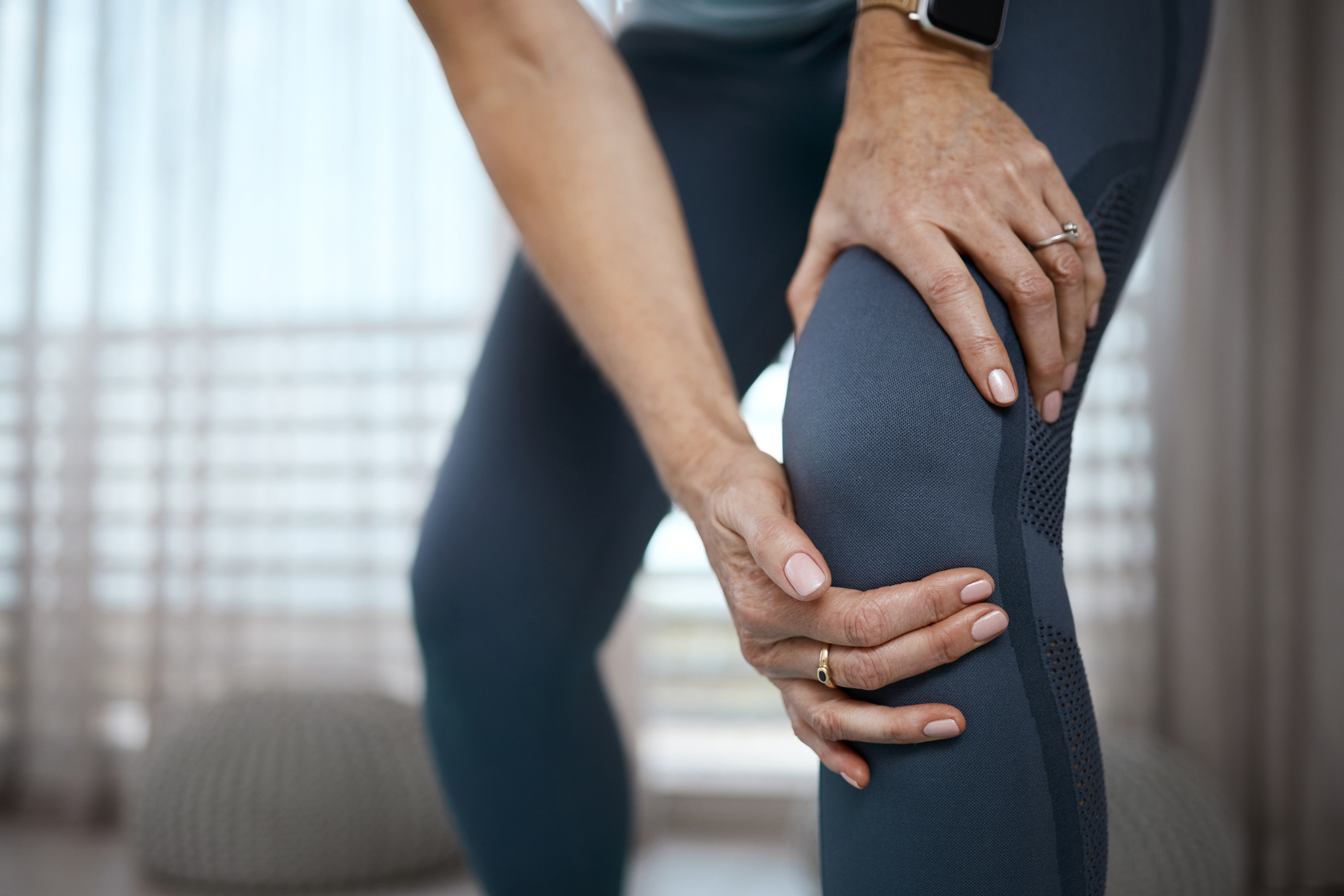

The pain of knee osteoarthritis can be excruciating, and the stiffness can really slow you down. For many people, the solution is a total knee replacement.
But this surgery is no joke. The recovery time is lengthy: about a month before you can walk without crutches, and sometimes six months or more before you’re fully functional again.
If you’ve been diagnosed with knee osteoarthritis or are just starting to notice a little tinge of discomfort, you’ll want to read what science says about this simple way to stay pain-free and slow the damage to your joints so surgery isn’t inevitable…
Walking more means less pain
Past research has shown that replacing five minutes of non-walking time each day with five minutes of moderate to vigorous walking reduced the chance of needing knee replacement surgery by sixteen percent.
But the latest research is even better…
According to researchers at Baylor College of Medicine in Houston, walking for exercise can reduce new frequent knee pain in people fifty and older.
In fact, those who reported walking for exercise had forty percent lower odds of developing new frequent knee pain, compared with non-walkers.
The researchers examined the results of the Osteoarthritis Initiative, an observational study that ran from 2004 to 2006.
Participants were over fifty years of age and showed radiographic (x-ray) evidence of knee arthritis, although they were not yet experiencing consistent knee pain.
The study results also indicate that walking for exercise could be an effective treatment to slow down the joint damage that is a result of knee osteoarthritis.
More reasons to take up walking
Obviously, walking as exercise isn’t just good for your knees.
There are many science-backed benefits to walking, including a reduced risk of both heart disease and breast cancer.
Is there an ideal time of day for taking that walk?
If you’re diabetic, taking a walk after dinner (or your largest meal of the day) could help pull sugar out of your bloodstream and into your cells for storage, improving insulin sensitivity.
Finally, there are many different ways to walk for exercise.
I’m lucky enough to live on the coast, so walking the beach at low tide is a rather painless way of extending my life by getting in those 7,000 steps a day.
I also enjoy hiking and trail walking (they’re good for your mental health, too).
And research shows that, at age 65, getting in those 7,000 steps a day could actually help me live longer.
If you’re a slow walker, try to speed things up. A 40-year study at Duke University determined that slow walkers age faster.
Considering all the benefits, there really is no good reason not to enjoy a daily walk. So once you develop a good walking habit, if you want to do a little something extra for your knees, try these 4 exercises for stronger, pain-free knees.
Sources:
Walking towards healthier knees — Science Daily
Association Between Walking for Exercise and Symptomatic and Structural Progression in Individuals with Knee Osteoarthritis: Data from the Osteoarthritis Initiative Cohort — Arthritis & Rheumatology
